Everytime Kaladin Smiles In The Way Of Kings.
Everytime Kaladin smiles in The Way of Kings.
Twok | Wor | O
Kaladin’s windspren flitted down and inspected Gaz, then closed one of her eyes, imitating him. For some reason, seeing her made Kaladin smile.
-Chapter 6, Bridge 4.
He smirked dully, still staring at the rock in front of him.
(close enough)
-Chapter 9, Damnation.
Of course, it was still just a rock. But for some reason, Kal found himself smiling.
Kal smiled, then lifted the flask and drank.
Kal smiled despite himself, though it quickly faded.
-Chapter 16, Cocoons.
Kaladin smiled as the apothecary shuffled forward with his cane, oblivious to the invisible windspren.
I doubt that’s what it’s intended for, Kaladin thought with a smile.
-Chapter 17, A Bloody Red Sunset.
When he was done, the bleeding had stopped. He sat back smiling.
-Chapter 20, Scarlet.
He smiled at Scar, but got only a scowl in return.
Kaladin smiled at him. A forced smile. Sometimes that was all one could offer.
Kaladin smiled, letting out a deep breath as Scar sat down.
He smiled, joining in the next verse of Dunny’s song.
-Chapter 27, Chasm Duty.
The bridgemen, finished with their mock bridge run, looked toward Kaladin, exhausted but excited. He smiled at them.
Instead, he handed it to Scar and gave an encouraging smile.
Kaladin smiled back, but kept running his finger across the wood.
-Chapter 30, Darkness Unseen.
Kaladin found himself smiling at the man’s nonchalant attitude.
“What if we don’t want to be rid of you?” long-faced Natam asked. Kaladin smiled.
-Chapter 32, Side Carry.
He found himself smiling.
-Chapter 34, Stormwall.
They stared at him, incredulous, and he couldn’t help but smile.
Kaladin smiled, though he found mirth unnatural while watching men die.
-Chapter 40, Eyes of Red and Blue.
For some reason that made Kaladin smile.
-Chapter 44, The Weeping.
The older man scowled, but Kaladin returned a grin.
-Chapter 49, To Care.
Kaladin hid a smile.
-Chapter 55, An Emerald Broam.
Kaladin smiled. Odd, how he could still do that.
-Chapter 57, Wandersail
Kaladin smiled, but was growing to nervous to feel mirth.
-Chapter 62, Three Glyphs.
Kaladin smiled.
-Chapter 63, Fear.
A trickle of stormlight closed the wounds on his arm. He smiled, spear held before him.
-Chapter 67, Words.
Kaladin smiled, leaning back, looking upwards towards the dark sky, and the large sapphire moon.
-Chapter 73, Trust.
More Posts from Allofthe-above and Others
after dying god informs you that hell is a myth, and “everyone sins, its ok”. instead the dead are sorted into six “houses of heaven” based on the sins they chose.

Smile, even if it’s fake. Laugh, even if you hurt. Don’t let anyone get to you, you’re beautiful regardless of what anyone says to you.


Mat Cauthon by mycks_art
Rand al’Thor by mycks_art
Rand: how did you find me?
Moiraine: oh, I saw a huge explosion and wondered, now who could that be?

0 hesitation

Kelsier: Who hurt you?
Vin: Do you want a list, or what?
Kelsier, pulling out his knives: Actually, yes
Thousands of premature infants were saved from certain death by being part of a Coney Island entertainment sideshow.
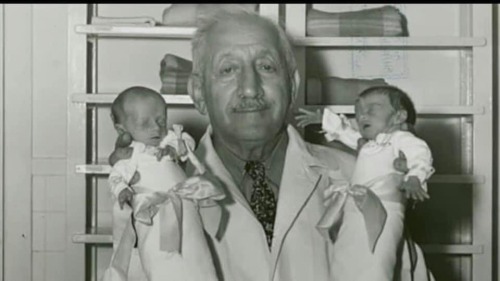
At the time premature babies were considered genetically inferior, and were simply left to fend for themselves and ultimately die.
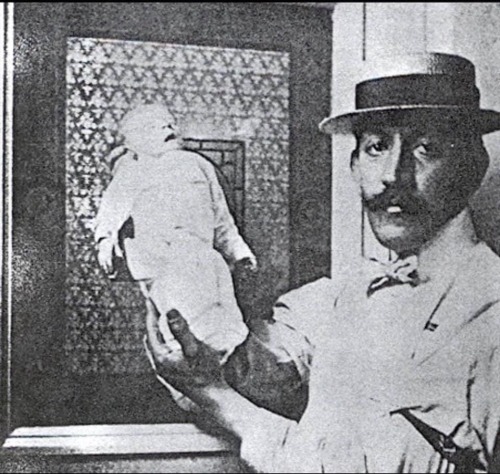
Dr Martin Couney offered desperate parents a pioneering solution that was as expensive as it was experimental - and came up with a very unusual way of covering the costs.
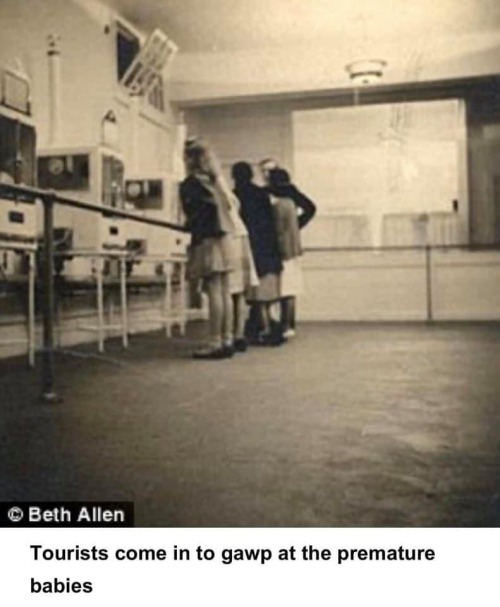
It was Coney Island in the early 1900’s. Beyond the Four-Legged Woman, the sword swallowers, and “Lionel the Lion-Faced Man,” was an entirely different exhibit: rows of tiny, premature human babies living in glass incubators.
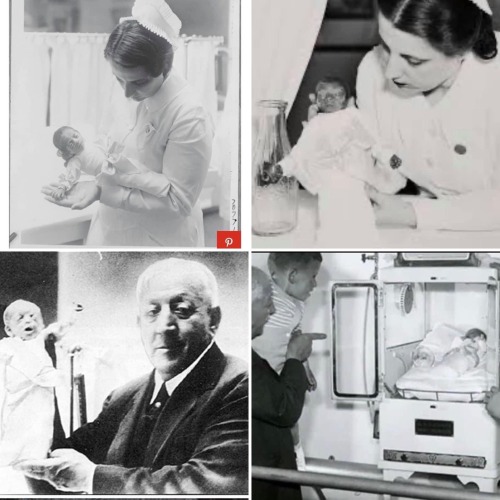
The brainchild of this exhibit was Dr. Martin Couney, an enigmatic figure in the history of medicine. Couney created and ran incubator-baby exhibits on the island from 1903 to the early 1940s.
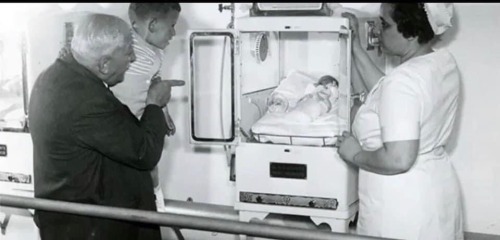
Behind the gaudy facade, premature babies were fighting for their lives, attended by a team of medical professionals.To see them, punters paid 25 cents.The public funding paid for the expensive care, which cost about $15 a day in 1903 (the equivalent of $405 today) per incubator.
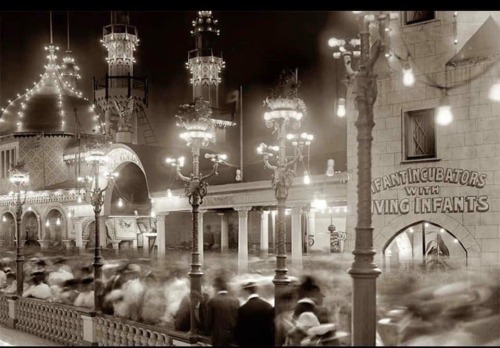
Couney was in the lifesaving business, and he took it seriously. The exhibit was immaculate. When new children arrived, dropped off by panicked parents who knew Couney could help them where hospitals could not, they were immediately bathed, rubbed with alcohol and swaddled tight, then “placed in an incubator kept at 96 or so degrees, depending on the patient. Every two hours, those who could suckle were carried upstairs on a tiny elevator and fed by breast by wet nurses who lived in the building. The rest [were fed by] a funneled spoon. The smallest baby Couney handled is reported to have weighed a pound and a half.
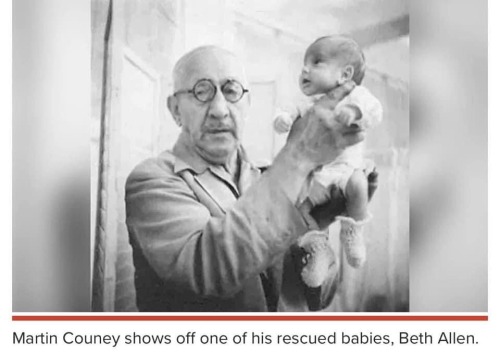
His nurses all wore starched white uniforms and the facility was always spotlessly clean.
An early advocate of breast feeding, if he caught his wet nurses smoking or drinking they were sacked on the spot. He even employed a cook to make healthy meals for them.
The incubators themselves were a medical miracle, 40 years ahead of what was being developed in America at that time.
Each incubator was made of steel and glass and stood on legs, about 5ft tall. A water boiler on the outside supplied hot water to a pipe running underneath a bed of mesh, upon which the baby slept.
Race, economic class, and social status were never factors in his decision to treat and Couney never charged the parents for the babies care.The names were always kept anonymous, and in later years the doctor would stage reunions of his “graduates.
According to historian Jeffrey Baker, Couney’s exhibits “offered a standard of technological care not matched in any hospital of the time.”
Throughout his decades of saving babies, Couney understood there were better options. He tried to sell, or even donate, his incubators to hospitals, but they didn’t want them. He even offered all his incubators to the city of New York in 1940, but was turned down.
In a career spanning nearly half a century he claimed to have saved nearly 6,500 babies with a success rate of 85 per cent, according to the Coney Island History
In 1943, Cornell New York Hospital opened the city’s first dedicated premature infant station. As more hospitals began to adopt incubators and his techniques, Couney closed the show at Coney Island. He said his work was done.
Today, one in 10 babies born in the United States is premature, but their chance of survival is vastly improved—thanks to Couney and the carnival babies.
https://nypost.com/2018/07/23/how-fake-docs-carnival-sideshow-brought-baby-incubators-to-main-stage/
Book: The strange case of Dr. Couney
New York Post Photograph: Beth Allen
Original FB post by Liz Watkins Barton
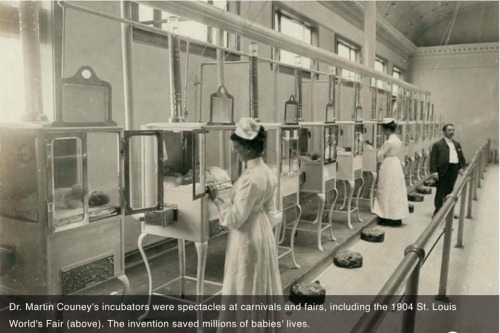
bilf (book i'd like to finish)
-
 a-captain-of-mine liked this · 10 months ago
a-captain-of-mine liked this · 10 months ago -
 ravensandcrowsandowlsohmy liked this · 1 year ago
ravensandcrowsandowlsohmy liked this · 1 year ago -
 aviantheassassin liked this · 1 year ago
aviantheassassin liked this · 1 year ago -
 my-silmarillion-soul liked this · 1 year ago
my-silmarillion-soul liked this · 1 year ago -
 princesslucina liked this · 1 year ago
princesslucina liked this · 1 year ago -
 sittruslight liked this · 2 years ago
sittruslight liked this · 2 years ago -
 flameshadowconjuring liked this · 2 years ago
flameshadowconjuring liked this · 2 years ago -
 fruityfrenchhorn liked this · 3 years ago
fruityfrenchhorn liked this · 3 years ago -
 kaladin-and-happiness reblogged this · 3 years ago
kaladin-and-happiness reblogged this · 3 years ago -
 frogsdoinfrogs liked this · 3 years ago
frogsdoinfrogs liked this · 3 years ago -
 purplebronzeandblue liked this · 3 years ago
purplebronzeandblue liked this · 3 years ago -
 pa-tri-ci-us liked this · 3 years ago
pa-tri-ci-us liked this · 3 years ago -
 thenisaidno liked this · 3 years ago
thenisaidno liked this · 3 years ago -
 malachtsky liked this · 3 years ago
malachtsky liked this · 3 years ago -
 siarexkh liked this · 3 years ago
siarexkh liked this · 3 years ago -
 tenbilliondraculas liked this · 4 years ago
tenbilliondraculas liked this · 4 years ago -
 cantstayfocused reblogged this · 4 years ago
cantstayfocused reblogged this · 4 years ago -
 piscespussybabe liked this · 4 years ago
piscespussybabe liked this · 4 years ago -
 wowzamole liked this · 4 years ago
wowzamole liked this · 4 years ago -
 cantstayfocused liked this · 4 years ago
cantstayfocused liked this · 4 years ago -
 tuulikki liked this · 4 years ago
tuulikki liked this · 4 years ago -
 storming-bridgeboy reblogged this · 4 years ago
storming-bridgeboy reblogged this · 4 years ago -
 freeasthebirds liked this · 4 years ago
freeasthebirds liked this · 4 years ago -
 paintmespeechless liked this · 4 years ago
paintmespeechless liked this · 4 years ago -
 canines-of-the-sav1or liked this · 4 years ago
canines-of-the-sav1or liked this · 4 years ago -
 seechi reblogged this · 4 years ago
seechi reblogged this · 4 years ago -
 seechi liked this · 4 years ago
seechi liked this · 4 years ago -
 hitchhikergirl92 liked this · 4 years ago
hitchhikergirl92 liked this · 4 years ago -
 yaoihaandz liked this · 4 years ago
yaoihaandz liked this · 4 years ago -
 ericatorre liked this · 4 years ago
ericatorre liked this · 4 years ago -
 shaunashipman-apologist reblogged this · 4 years ago
shaunashipman-apologist reblogged this · 4 years ago -
 shaunashipman-apologist liked this · 4 years ago
shaunashipman-apologist liked this · 4 years ago -
 cordialcrow liked this · 4 years ago
cordialcrow liked this · 4 years ago -
 m-a-cc-a-s liked this · 4 years ago
m-a-cc-a-s liked this · 4 years ago -
 if-one-of-us-falls reblogged this · 4 years ago
if-one-of-us-falls reblogged this · 4 years ago -
 if-one-of-us-falls liked this · 4 years ago
if-one-of-us-falls liked this · 4 years ago -
 mid-afternoon-narwhal liked this · 4 years ago
mid-afternoon-narwhal liked this · 4 years ago -
 sweet-villlain liked this · 4 years ago
sweet-villlain liked this · 4 years ago -
 runes-and-feathers liked this · 4 years ago
runes-and-feathers liked this · 4 years ago
